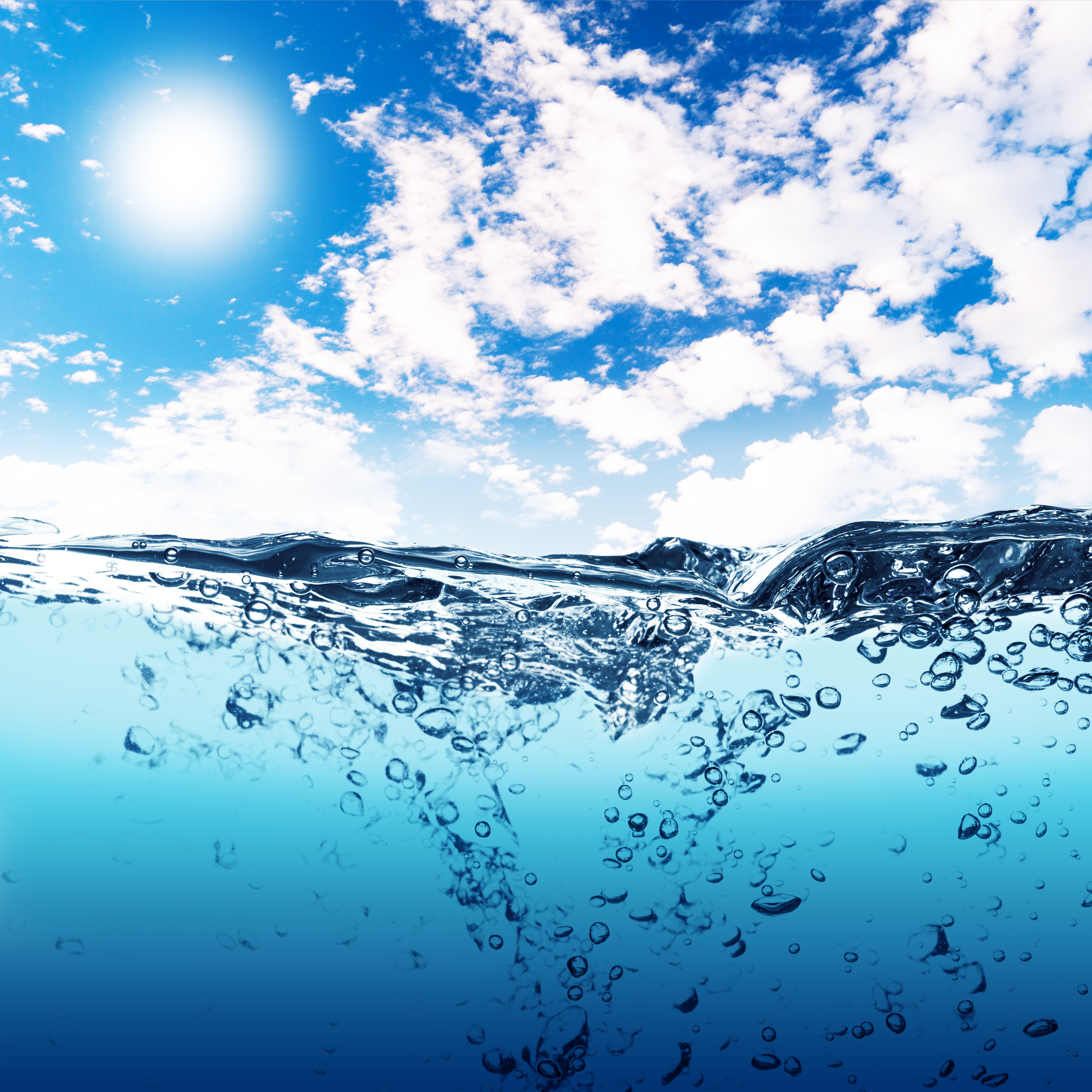Researchers will use earth antennas to find groundwater
Researchers will develop antenna technology in a new project to locate and measure groundwater without expensive drillings.

Our groundwater resources are under pressure all over the world due to overexploitation, pollution and climate change. In some places – the most severely affected areas – the groundwater table is sinking more than one metre per year, and major problems are often seen in coastal areas due to salt water intrusion.
The traditional methods used to measure groundwater levels via drillings are expensive, and it is hard to predict precisely how much water can be extracted without emptying subsurface reserves. Researchers will therefore design a new technological instrument to spot groundwater from the ground surface in a way that is both sustainable and cheap.
More precise detection of groundwater
The idea is to use an antenna on the ground surface to create an electromagnetic field that affects the water.
“We know that water reacts to electromagnetic fields at a certain frequency and, by analysing how it reacts, we can draw very detailed groundwater maps,” says Assistant Professor Jakob Juul Larsen, Department of Engineering, Aarhus University.
In the next three years, the researchers will develop the antenna so it can very precisely locate and characterise access conditions to the groundwater without any drillings at all. This will make it easier to acquire knowledge about the size, distribution and quality of the groundwater resources, according to Dr Larsen, project manager at the Department of Engineering.
“If we’re to continue to have access to sufficient amounts of groundwater in the future, we must as soon as possible ensure a sustainable transformation of the way we exploit the resources. For this purpose, we need new instruments that can spot groundwater quickly and more precisely,” he says.
New computer models of the subsurface
The aim is to prepare a geophysical measuring method that determines not only the water content in the subsurface, but also the porosity of the soil layers. This will make it possible to very precisely analyse the subsurface conditions and thereby the potential for transporting water.
“Once we’ve acquired detailed knowledge of the location of the water and the soil layer characteristics, we’ll be able to build computer models of the groundwater and predict how much water we can pump up,” says Dr Larsen.
The antenna consists of a 400-metre-long cable laid out on the ground surface in a 100 x 100 metre square, and this will provide the researchers with extremely valuable data.
“We can use the data about the subsurface to build computer models of the groundwater. This will make it much easier to find, and we can also get more precise information about the amount of groundwater we can pump within sustainable limits,” says Dr Larsen.
Contact
Assistant Professor Jakob Juul Larsen
